Home>Gardening & Outdoor>Plant Care & Gardening Tips>Which Honey Is Better: Wildflower Or Clover?
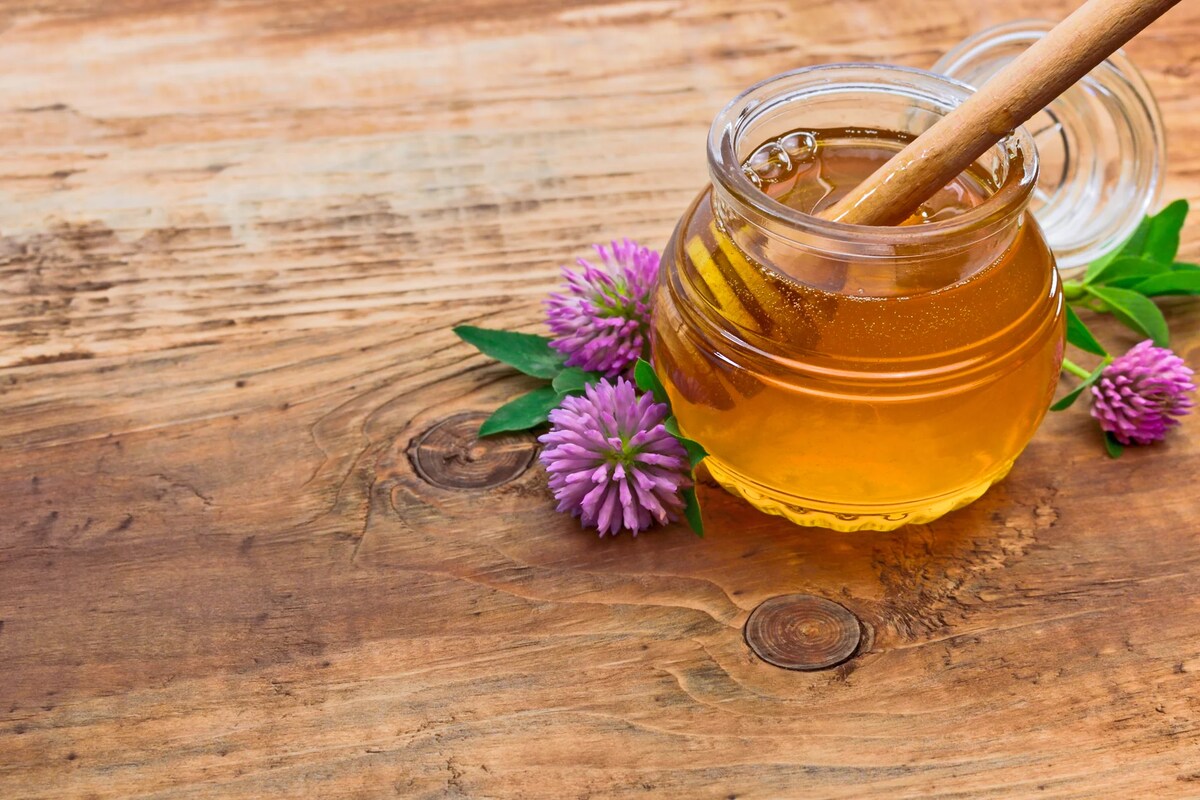

Plant Care & Gardening Tips
Which Honey Is Better: Wildflower Or Clover?
Modified: February 25, 2024
Discover the differences between wildflower and clover honey and find out which one is best for your plant care and gardening needs. Learn about the unique benefits of each type to make an informed choice.
(Many of the links in this article redirect to a specific reviewed product. Your purchase of these products through affiliate links helps to generate commission for Storables.com, at no extra cost. Learn more)
Introduction
So, you're standing in the aisle of your local grocery store, staring at the shelves filled with an array of honey jars, and you're faced with a tough decision: wildflower honey or clover honey? Both varieties boast unique flavors, aromas, and potential health benefits, but which one is the superior choice? Let's delve into the world of honey and explore the distinctive qualities of wildflower and clover honey to help you make an informed decision.
Honey has been cherished for centuries, revered for its natural sweetness and versatility in culinary and medicinal applications. Whether drizzled over a warm bowl of oatmeal, stirred into a steaming cup of tea, or used as a natural sweetener in baking, honey has secured its place as a beloved pantry staple. However, not all honey is created equal, and the nuances between different floral sources yield distinct variations in taste, nutritional content, and potential health-promoting properties.
In this comprehensive guide, we'll embark on a journey to uncover the characteristics of wildflower and clover honey, comparing their nutritional profiles, flavor profiles, health benefits, culinary uses, and environmental impact. By the end of this exploration, you'll be equipped with the knowledge to select the honey variety that best aligns with your preferences and values. So, grab a cup of your favorite beverage, and let's venture into the enchanting world of honey to unravel the mystery of wildflower versus clover honey.
Key Takeaways:
- Wildflower honey offers a complex, diverse flavor from various wildflowers, potentially aiding in seasonal allergies. It’s versatile in cooking and reflects the local floral landscape, making it a unique and flavorful choice.
- Clover honey, with its gentle sweetness and consistent flavor, is a versatile and universally appealing option. It complements a wide range of dishes and beverages, making it a delightful addition to culinary creations.
Wildflower Honey
Wildflower honey, as the name suggests, is derived from the nectar of various wildflowers that bloom in a specific region during a particular season. This diversity in floral sources gives wildflower honey its distinctive flavor profile, as the nectar may originate from an assortment of blossoms, such as dandelions, clover, lavender, and sunflowers, among others. The resulting honey embodies a complex and nuanced taste, reflecting the diverse array of flowers visited by the industrious honeybees.
One of the captivating aspects of wildflower honey is its regional specificity. Depending on the location and time of year, the composition of wildflower honey can vary, offering a unique reflection of the local flora. This characteristic makes wildflower honey a delightful embodiment of the terroir, capturing the essence of a specific geographical area and its floral bounty.
Beyond its captivating flavor, wildflower honey is celebrated for its potential health-promoting properties. Rich in antioxidants, enzymes, and trace amounts of vitamins and minerals, this golden elixir offers a natural alternative to refined sugars, providing a touch of sweetness alongside potential nutritional benefits. Moreover, some enthusiasts of wildflower honey believe that consuming honey sourced from local wildflowers may offer relief from seasonal allergies, although scientific evidence supporting this claim is limited.
When it comes to culinary applications, wildflower honey shines as a versatile ingredient in both sweet and savory dishes. Its complex flavor profile can enhance salad dressings, marinades, and sauces, while also serving as a delightful accompaniment to cheeses and fruits. In baking, wildflower honey adds depth and complexity to pastries, breads, and desserts, infusing them with a subtle floral essence.
As you savor a spoonful of wildflower honey, envision the bustling activity of honeybees flitting from one wildflower to the next, diligently collecting nectar to craft this ambrosial creation. The next time you reach for a jar of wildflower honey, allow yourself to be transported to the enchanting meadows and fields where nature’s vibrant tapestry unfolds, encapsulated in each golden drop of this exquisite elixir.
Clover Honey
Among the myriad varieties of honey, clover honey stands as a beloved classic, cherished for its mild, delicate flavor and widespread availability. This popular honey is predominantly sourced from the nectar of clover blossoms, which blanket vast expanses of meadows and fields with their charming pink, white, or purple blooms. The resulting honey exudes a gentle sweetness with subtle floral undertones, making it a versatile and universally appealing choice.
One of the defining attributes of clover honey is its consistent flavor profile, attributed to the prevalence of clover as a primary nectar source. This uniformity in taste, coupled with its mild and approachable sweetness, renders clover honey a favored option for both culinary and everyday use. Whether drizzled over yogurt, spread on toast, or incorporated into recipes, clover honey imparts a delightful touch of natural sweetness without overwhelming other flavors.
From a nutritional standpoint, clover honey boasts a similar profile to other varieties, containing antioxidants, enzymes, and trace amounts of vitamins and minerals. While the specific composition may vary based on the floral sources and processing methods, clover honey remains a wholesome alternative to refined sugars, offering a touch of sweetness alongside potential health-promoting properties.
When it comes to culinary applications, clover honey’s mild and versatile nature makes it a valuable addition to a wide array of dishes. Its subtle floral essence complements both sweet and savory creations, from dressings and glazes to baked goods and beverages. The gentle flavor of clover honey harmonizes with an assortment of ingredients, allowing it to seamlessly integrate into diverse recipes while imparting a nuanced sweetness.
As you unscrew the lid of a jar of clover honey, take a moment to appreciate the tranquil beauty of clover-strewn meadows, where honeybees diligently collect the nectar that will eventually be transformed into this golden elixir. Each spoonful of clover honey encapsulates the essence of sun-dappled fields and the gentle hum of industrious bees, inviting you to savor a taste of nature’s simple and enduring charm.
Nutritional Comparison
When considering the nutritional aspects of honey, both wildflower and clover honey offer a rich array of natural compounds that contribute to their wholesome appeal. While the specific nutritional content can vary based on factors such as floral sources, processing methods, and regional differences, both varieties share fundamental characteristics that make them valuable additions to a balanced diet.
Honey, in general, is renowned for its antioxidant properties, attributed to compounds such as flavonoids and phenolic acids. These antioxidants play a vital role in combating oxidative stress and supporting overall health. Additionally, honey contains enzymes that contribute to its digestibility and potential health benefits, although the specific enzyme content may vary between different honey varieties.
Both wildflower and clover honey provide a natural source of sweetness, serving as an alternative to refined sugars. This inherent sweetness, combined with their potential antioxidant and enzyme content, positions them as appealing choices for individuals seeking to reduce their consumption of processed sweeteners while introducing a touch of natural sweetness into their diet.
While the exact nutritional composition of honey can vary, it typically contains trace amounts of vitamins and minerals, including B vitamins, calcium, iron, and potassium. However, it’s important to note that the quantities of these micronutrients in honey are relatively low, and honey is not considered a significant source of essential vitamins and minerals.
Ultimately, the nutritional differences between wildflower and clover honey are subtle, and both varieties offer similar potential health benefits and nutritional value. The decision between the two may ultimately come down to personal taste preferences, culinary applications, and the desire to explore the unique characteristics associated with each variety.
As you incorporate honey into your culinary creations or savor it as a natural sweetener, take comfort in knowing that both wildflower and clover honey can contribute to your overall well-being while adding a touch of natural sweetness to your favorite dishes and beverages.
Flavor and Aroma
When it comes to the sensory experience of honey, the interplay of flavor and aroma is a defining aspect that distinguishes wildflower and clover honey. Each variety possesses its own unique characteristics that appeal to discerning palates and evoke distinct sensory impressions.
Wildflower honey, with its origins in the nectar of diverse wildflowers, embodies a complex and multifaceted flavor profile. The amalgamation of nectars from various blossoms contributes to a rich, nuanced taste that may exhibit floral, fruity, and even earthy notes. This diversity of flavors creates a captivating tapestry of taste, offering layers of complexity that unfold with each delectable spoonful. Moreover, the aroma of wildflower honey often mirrors its intricate flavor, exuding a bouquet of floral scents that evoke images of sun-drenched meadows and vibrant, blooming fields.
In contrast, clover honey is prized for its mild, delicate flavor and subtle floral undertones. The predominant nectar source from clover blossoms imparts a gentle sweetness with a hint of floral essence, resulting in a flavor profile that is harmonious and universally appealing. The aroma of clover honey mirrors its understated flavor, emanating a delicate, floral fragrance that evokes images of tranquil meadows adorned with swaying clover blooms.
Both wildflower and clover honey offer distinct sensory experiences that cater to diverse preferences and culinary applications. The multifaceted flavor of wildflower honey lends itself well to pairing with robust cheeses, incorporating into marinades, and enhancing baked goods with its intricate taste. On the other hand, the mild and approachable flavor of clover honey makes it an ideal sweetener for beverages, a delightful addition to dressings and glazes, and a versatile ingredient in a wide array of recipes.
As you explore the world of honey, consider the sensory journey that each variety offers. Whether you’re drawn to the complex tapestry of flavors found in wildflower honey or the gentle sweetness of clover honey, let your taste buds guide you as you savor the distinctive nuances of these enchanting elixirs.
Wildflower honey has a more complex flavor due to the variety of nectar sources, while clover honey has a milder, more consistent taste. Choose based on your preference for a more diverse or consistent flavor.
Read more: What Is Wildflower Honey
Health Benefits
Both wildflower and clover honey offer potential health benefits, stemming from their natural composition and the presence of bioactive compounds that contribute to their wholesome properties. While the specific health effects of honey are a subject of ongoing research, these golden elixirs have been revered for their potential contributions to overall well-being.
One of the notable attributes of honey, including wildflower and clover varieties, is its antioxidant content. Antioxidants play a crucial role in combating oxidative stress and reducing the risk of chronic diseases. The presence of compounds such as flavonoids and phenolic acids in honey contributes to its antioxidant capacity, positioning it as a valuable addition to a health-conscious diet.
Moreover, honey contains enzymes that support its digestibility and potential health-promoting effects. These enzymes can aid in the breakdown and absorption of nutrients, contributing to overall digestive health. Additionally, the natural sweetness of honey provides an alternative to refined sugars, offering a source of sweetness that may be preferred by individuals seeking to minimize their consumption of processed sweeteners.
While some proponents of wildflower honey advocate for its potential to alleviate seasonal allergies, scientific evidence supporting this claim remains limited. The theory behind this concept is that consuming honey sourced from local wildflowers may expose individuals to small amounts of pollen, potentially desensitizing them to allergens and reducing allergic symptoms. However, more research is needed to substantiate these claims conclusively.
Ultimately, the health benefits of wildflower and clover honey align with their natural composition, which includes antioxidants, enzymes, and potential digestive benefits. As with any food or natural remedy, it’s essential to incorporate honey as part of a balanced and varied diet, appreciating its potential contributions to overall well-being while enjoying its delightful flavor and versatility in culinary applications.
Whether you opt for the nuanced complexity of wildflower honey or the gentle sweetness of clover honey, allow these golden elixirs to enrich your culinary creations and potentially contribute to your journey toward holistic wellness.
Culinary Uses
Both wildflower and clover honey are prized for their versatility in culinary applications, offering a natural sweetness and nuanced flavor profiles that elevate a wide array of dishes and beverages. Whether you’re seeking to infuse a touch of sweetness into savory recipes or enhance the flavor of your favorite desserts, these golden elixirs serve as delightful additions to your culinary repertoire.
Wildflower honey, with its complex and multifaceted flavor, lends itself well to an assortment of culinary creations. Its diverse taste, imbued with floral, fruity, and earthy notes, makes it a valuable ingredient in salad dressings, marinades, and glazes. The intricate flavor of wildflower honey can enhance the complexity of sauces and vinaigrettes, adding a touch of natural sweetness while complementing a variety of savory ingredients.
When it comes to baking, wildflower honey adds depth and character to an array of sweet treats. From artisanal breads and pastries to decadent desserts, the nuanced flavor of wildflower honey can impart a subtle floral essence, elevating the taste of your confections. Whether incorporated into cakes, cookies, or homemade granola, wildflower honey offers a delightful infusion of natural sweetness and complexity.
Similarly, clover honey’s mild and approachable flavor makes it a versatile companion in the kitchen. Its gentle sweetness and subtle floral undertones harmonize with an assortment of ingredients, making it a valuable addition to dressings, glazes, and marinades. Moreover, the mild flavor of clover honey complements a variety of fruits and cheeses, offering a delicate sweetness that accentuates their natural characteristics.
In the realm of beverages, both wildflower and clover honey can be used to sweeten and flavor an array of drinks. From stirring a spoonful into a steaming cup of tea to incorporating it into smoothies and cocktails, honey serves as a natural sweetener that imparts a distinct flavor and aroma. The versatility of honey in beverages extends to both hot and cold drinks, offering a delightful touch of sweetness that complements a spectrum of flavors.
As you explore the culinary potential of wildflower and clover honey, allow your creativity to flourish, embracing the diverse applications that these golden elixirs offer. Whether drizzled, stirred, or incorporated, let the natural sweetness and captivating flavors of wildflower and clover honey enrich your culinary endeavors and delight your palate.
Environmental Impact
When considering the environmental impact of honey production, it’s essential to recognize the pivotal role that honeybees play in pollination and ecosystem health. Both wildflower and clover honey are intrinsically linked to the broader ecological landscape, reflecting the influence of floral diversity and agricultural practices on honey production and environmental sustainability.
Wildflower honey, sourced from the nectar of diverse wildflowers, embodies the rich tapestry of floral abundance within a specific region. The cultivation of wildflowers and the preservation of natural habitats are essential for supporting honeybee populations and promoting biodiversity. By fostering a diverse floral landscape, beekeepers and conservationists contribute to the preservation of native plant species and the provision of forage for pollinators, thereby enriching the ecological fabric of the surrounding environment.
Clover honey, predominantly sourced from clover blossoms, is closely intertwined with agricultural landscapes where clover serves as a valuable forage crop. The cultivation of clover and other flowering plants not only supports honeybee foraging opportunities but also contributes to soil health and the sustainability of agricultural ecosystems. Moreover, the presence of honeybee colonies in agricultural settings facilitates the pollination of crops, thereby enhancing agricultural productivity and the abundance of food resources.
Both wildflower and clover honey production can be influenced by agricultural practices, land management, and the conservation of natural habitats. Sustainable beekeeping practices, such as the maintenance of diverse floral resources and the avoidance of pesticide exposure, are integral to supporting healthy honeybee colonies and preserving the ecological balance. Furthermore, the responsible stewardship of honeybee habitats and the promotion of pollinator-friendly landscapes contribute to the broader conservation of biodiversity and the sustainability of ecosystems.
As consumers, recognizing the environmental impact of honey production can inspire conscientious choices that support sustainable beekeeping and the preservation of natural habitats. By seeking out honey products that align with responsible beekeeping practices and the promotion of pollinator health, individuals can contribute to the conservation of honeybee habitats and the enhancement of ecological resilience.
Ultimately, the environmental impact of honey production is intricately intertwined with the broader context of biodiversity conservation, sustainable agriculture, and the preservation of natural ecosystems. By fostering an appreciation for the interconnectedness of honey production and environmental sustainability, we can cultivate a harmonious relationship with nature and advocate for the well-being of pollinators and the ecosystems they inhabit.
Conclusion
As we conclude our exploration of wildflower and clover honey, we emerge with a profound appreciation for the enchanting world of honey and the captivating nuances that distinguish these two varieties. Each spoonful of honey encapsulates the essence of nature’s bounty, offering a symphony of flavors, aromas, and potential health benefits that enrich our lives and culinary creations.
Wildflower honey, with its complex and multifaceted flavor derived from diverse floral sources, beckons us to savor the vibrant essence of meadows and fields. Its regional specificity and potential health-promoting properties align with a reverence for terroir and the natural abundance of local flora. As we indulge in the intricate taste of wildflower honey, we are transported to the bustling world of honeybees and the diverse tapestry of wildflowers that grace the landscape.
On the other hand, clover honey, with its gentle sweetness and delicate floral undertones, invites us to embrace the tranquil beauty of clover-strewn meadows and the timeless allure of pastoral landscapes. Its consistent flavor profile and versatility in culinary applications make it a cherished companion in our culinary endeavors, enriching our dishes and beverages with its subtle charm.
Both wildflower and clover honey offer a wealth of culinary possibilities, serving as natural sweeteners, flavor enhancers, and sources of potential health benefits. Whether drizzled over a warm bowl of oatmeal, incorporated into a savory marinade, or stirred into a cup of tea, honey, in all its splendid diversity, enriches our culinary experiences and nourishes our bodies and souls.
Moreover, as we relish the golden elixirs of wildflower and clover honey, we recognize the profound connection between honey production and the broader ecological landscape. The environmental impact of honey production underscores the vital role of honeybees in pollination, biodiversity conservation, and the sustainability of ecosystems. By embracing sustainable beekeeping practices and supporting the preservation of honeybee habitats, we contribute to the resilience of pollinators and the natural world.
As you embark on your journey with honey, whether it be wildflower or clover, may each encounter with this liquid gold inspire a deeper connection to nature’s splendor and a celebration of the simple yet extraordinary gifts that the natural world bestows upon us. With each taste of honey, may you savor the essence of sunlit meadows, the gentle hum of honeybees, and the timeless allure of floral abundance, embracing the enchanting legacy of honey as a cherished companion in our culinary and sensory journeys.
Frequently Asked Questions about Which Honey Is Better: Wildflower Or Clover?
Was this page helpful?
At Storables.com, we guarantee accurate and reliable information. Our content, validated by Expert Board Contributors, is crafted following stringent Editorial Policies. We're committed to providing you with well-researched, expert-backed insights for all your informational needs.
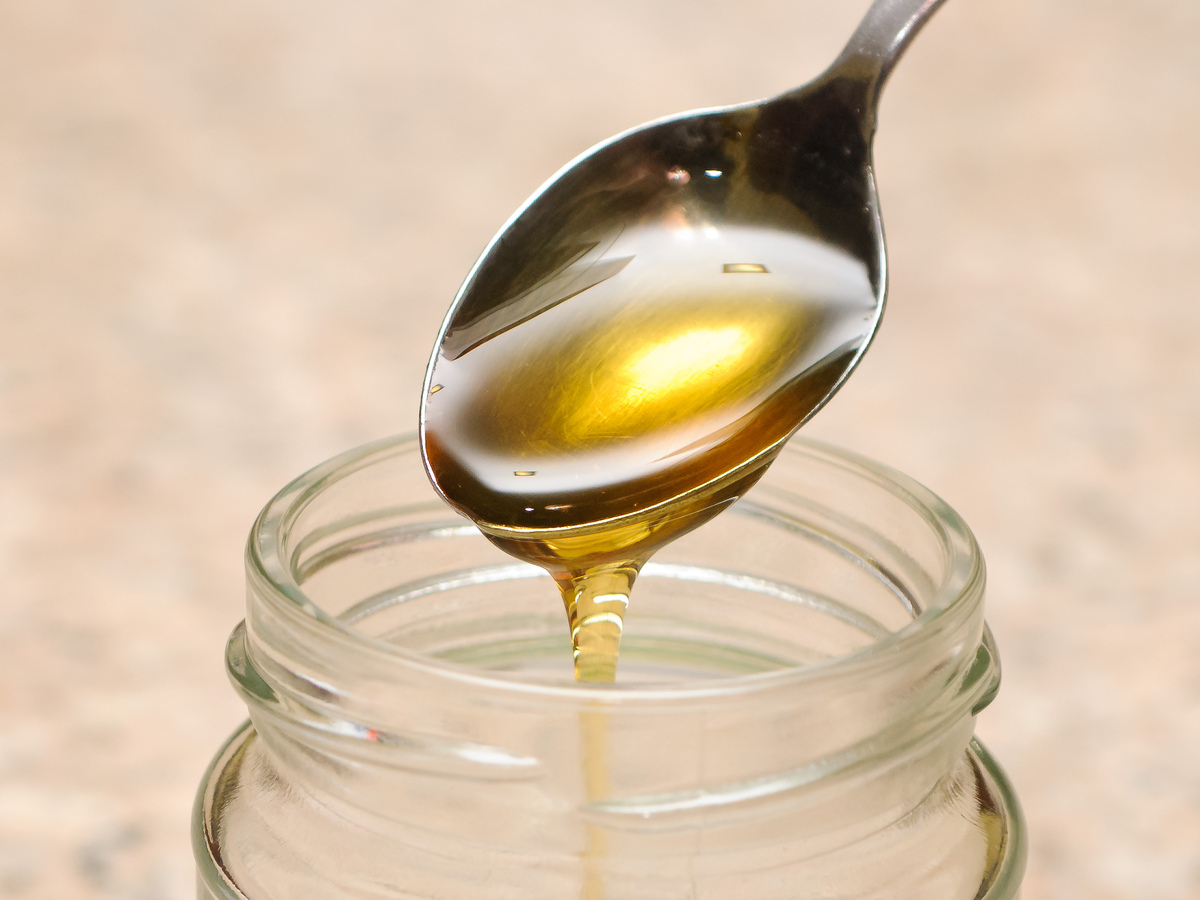
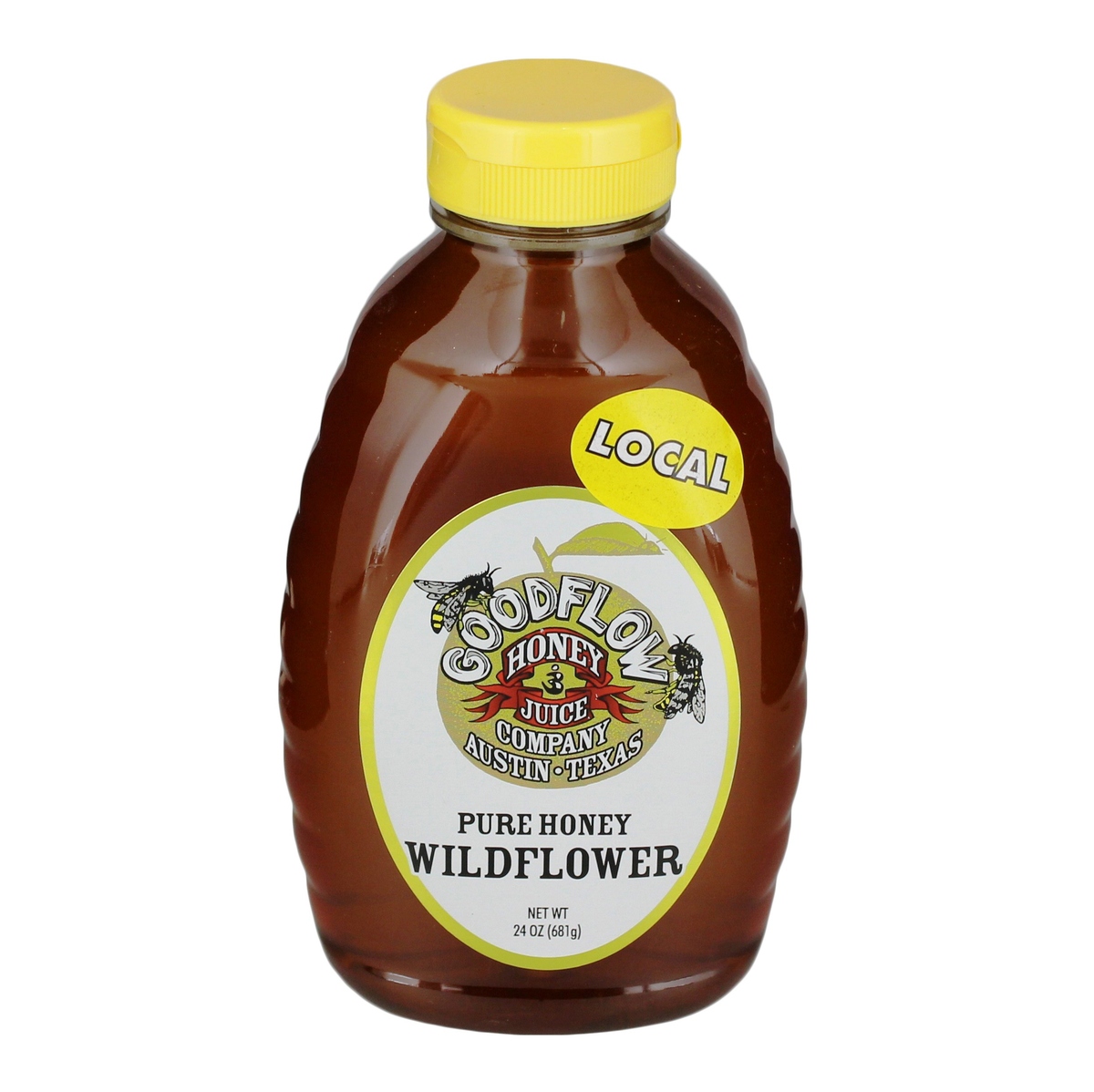
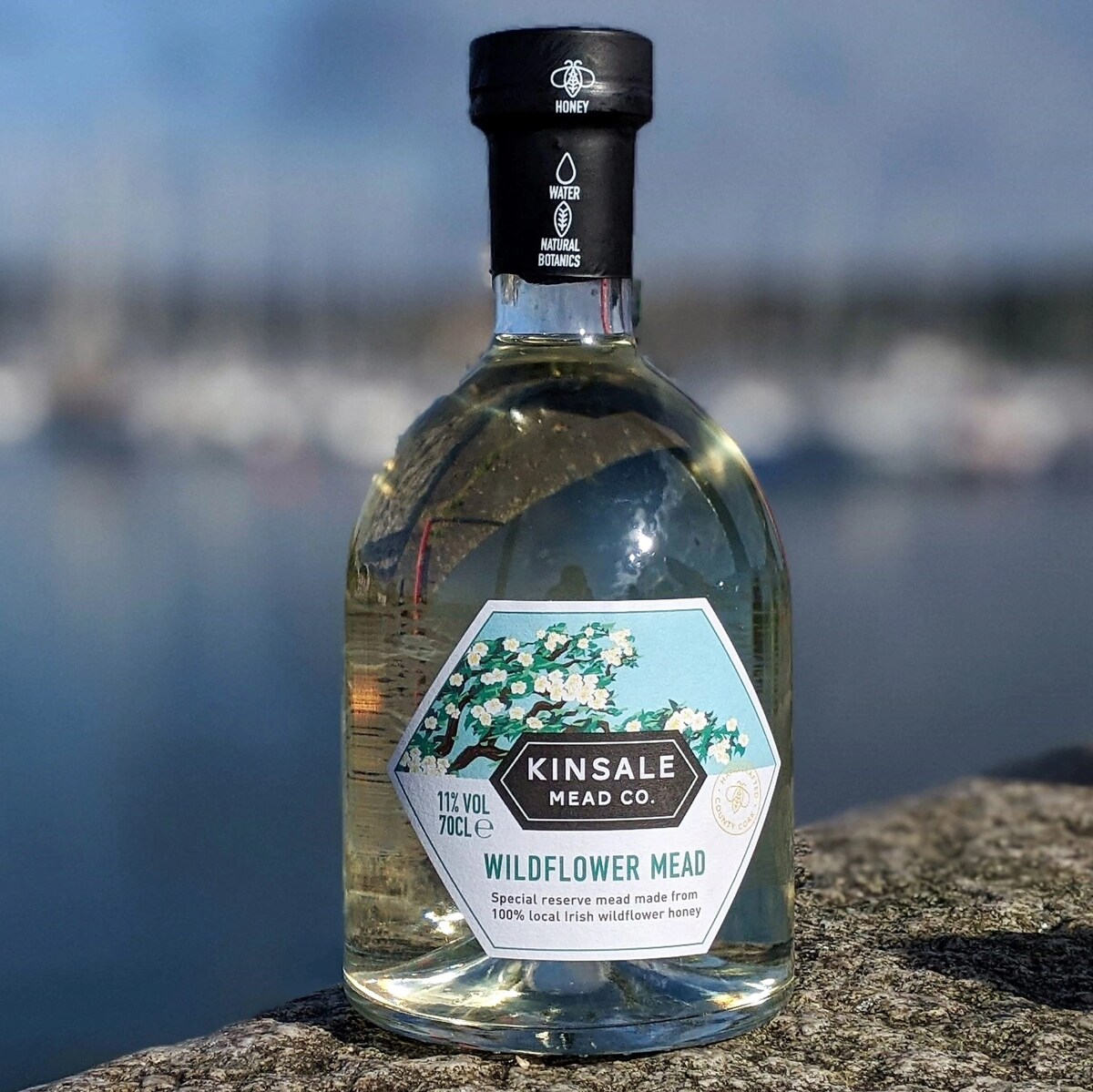
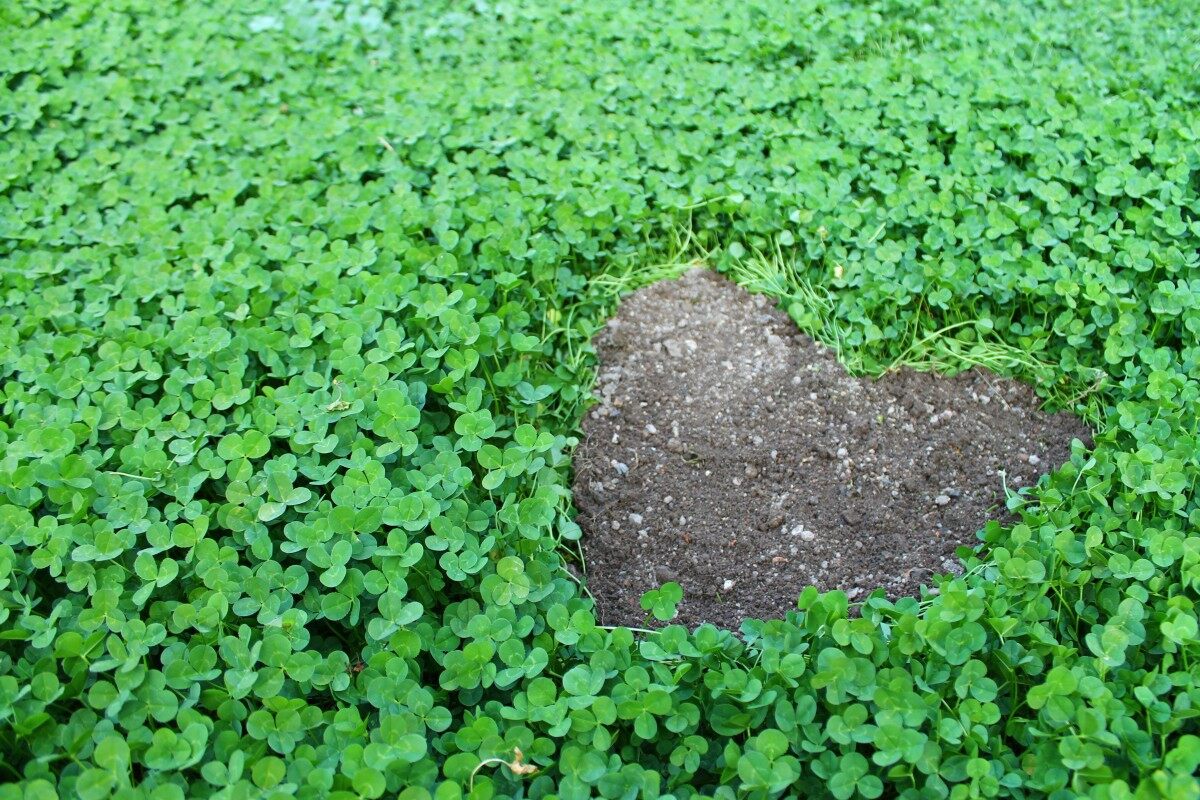
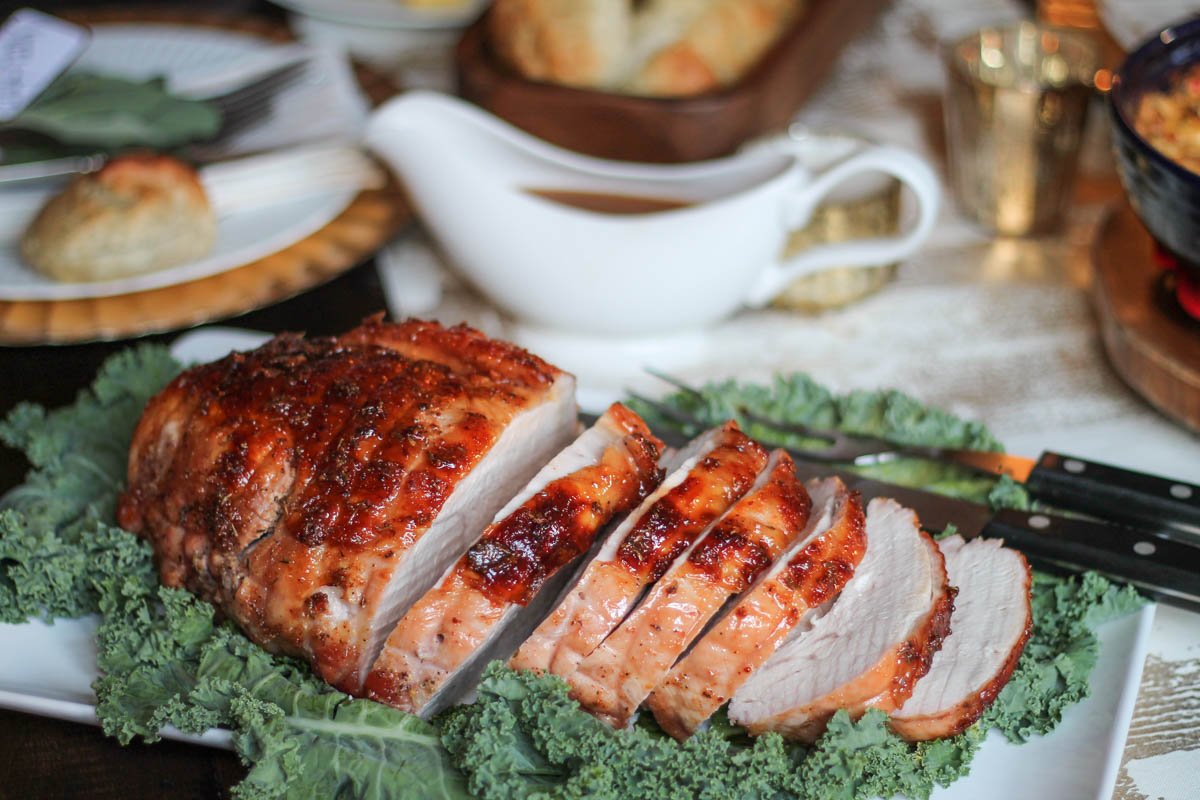
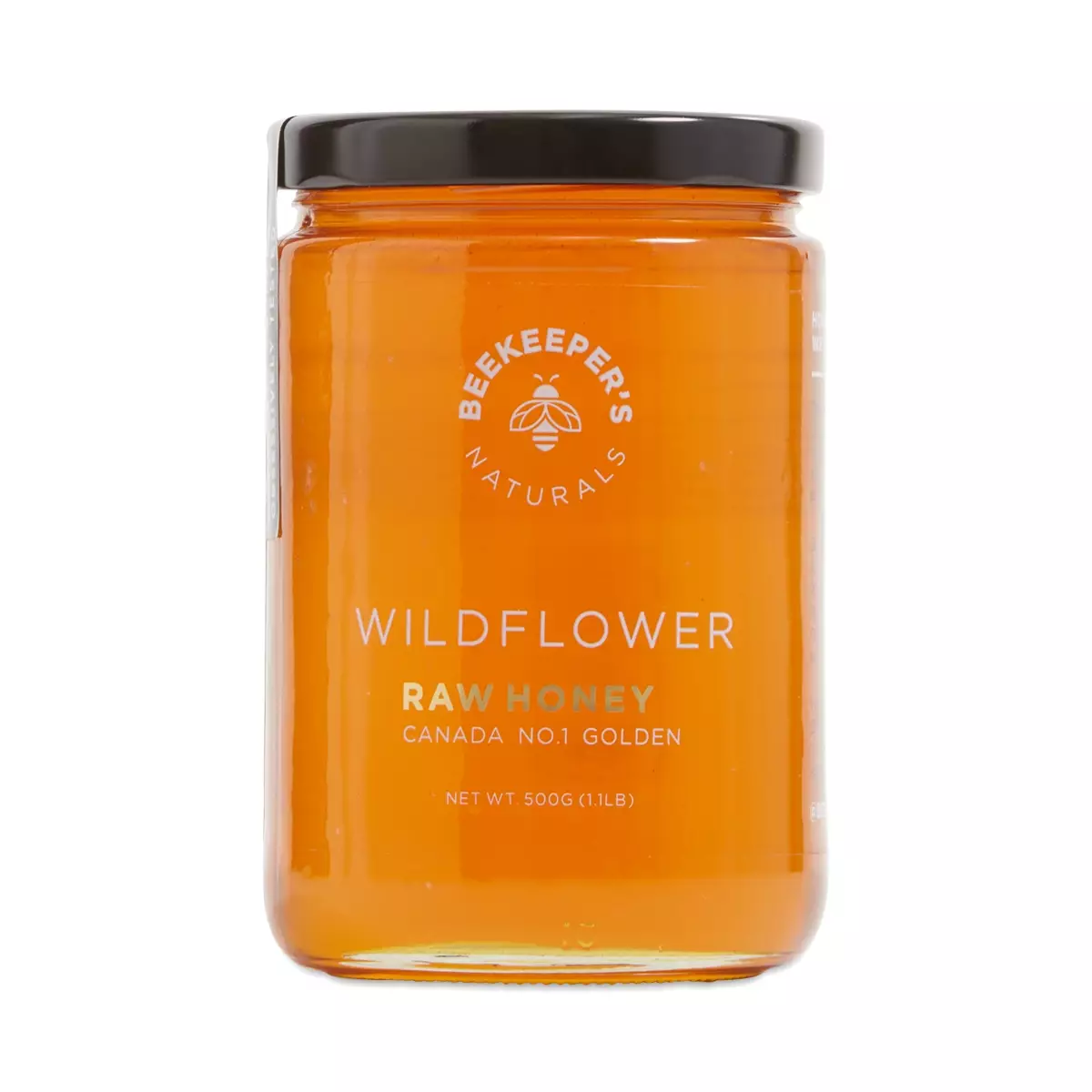






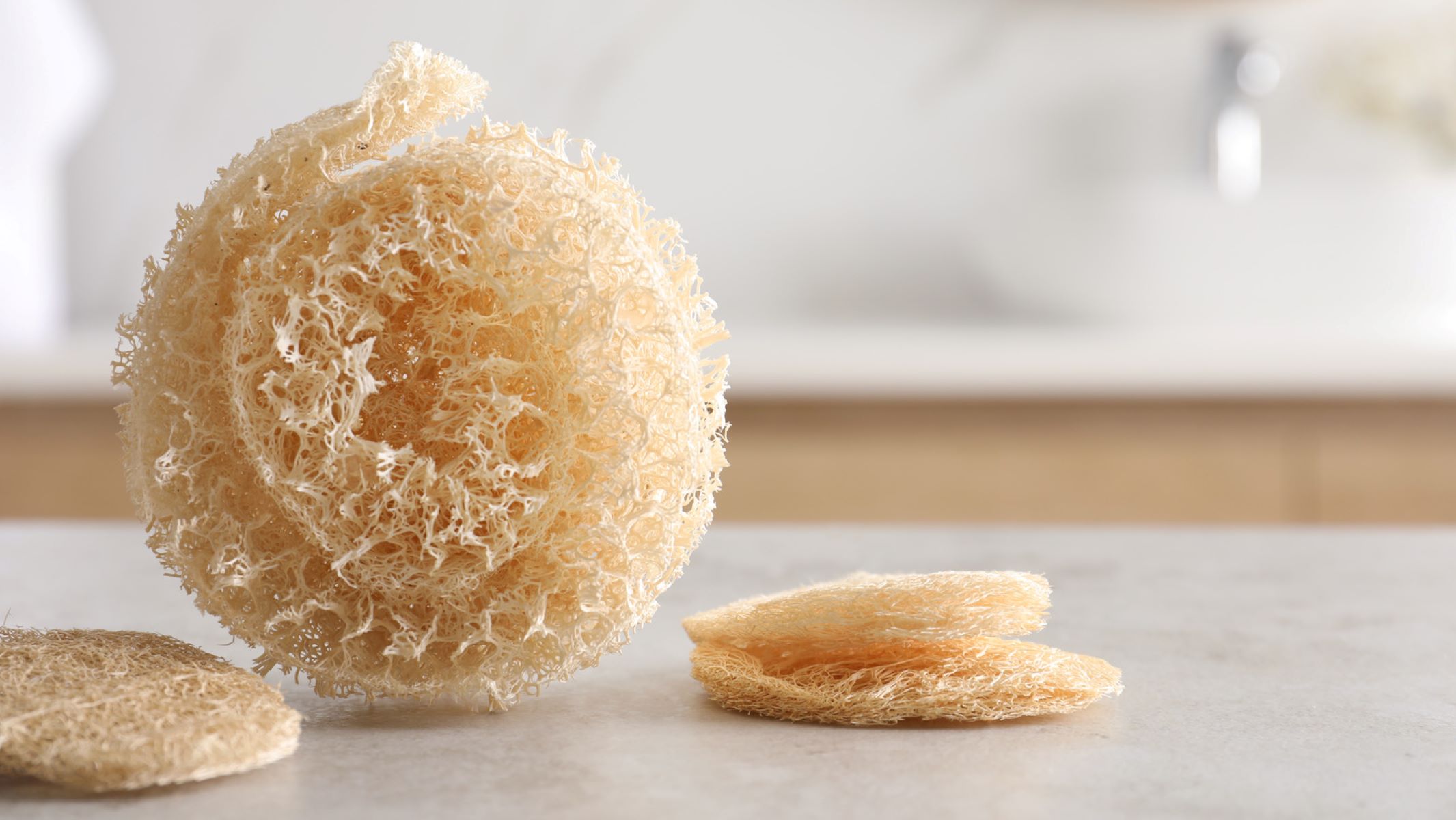


0 thoughts on “Which Honey Is Better: Wildflower Or Clover?”